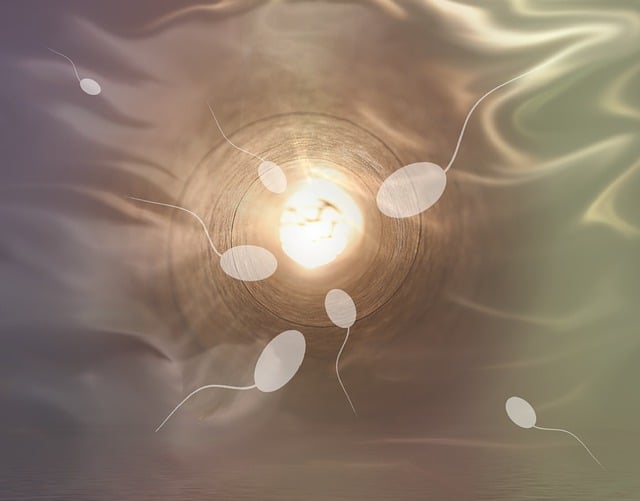Hydrosalpinx refers to a condition where the fallopian tubes become filled with fluid, often due to injury or infection. This condition can significantly hinder conception, as the fallopian tubes are crucial for transporting eggs and sperm. When both tubes are affected, which is common, natural pregnancy becomes quite challenging, and in many cases, In Vitro Fertilization (IVF) is the recommended path forward.
What Causes Hydrosalpinx?
Hydrosalpinx typically arises from untreated infections in the fallopian tubes. Common culprits include:
- Previous sexually transmitted infections like chlamydia or gonorrhea.
- History of an inflamed appendix.
- Endometriosis, which can create excessive tissue buildup.
These infections can lead to inflammation that damages the fimbriae, the finger-like structures that help guide the egg from the ovary to the tube. If these fimbriae are damaged, the tubes can become blocked and start collecting fluids, making them ineffective.
How is Hydrosalpinx Diagnosed?
Diagnosing hydrosalpinx can be done through several methods, which often involve imaging technologies:
- Ultrasound: A small probe is placed in the vagina to generate images of the fallopian tubes. Fluid-filled tubes will appear larger and can be easily identified.
- Hysterosalpingogram (HSG): This X-ray procedure involves injecting dye into the uterus and tubes to check for blockages. If the tubes are clear, the dye flows freely; if there’s a blockage, the tubes may appear swollen.
- Laparoscopy: This is a more invasive procedure where a small camera is inserted into the pelvic area so a surgeon can view the tubes directly. It’s usually not the first-line diagnostic tool due to its invasive nature.
Treatment Options for Hydrosalpinx
- Surgical Repair: In some cases where the blockage is small, a surgical procedure called neosalpingostomy can be performed. This involves opening the blocked tube with a laparoscope, allowing for the potential of natural conception afterwards. However, this method has a low success rate and carries risks, including ectopic pregnancy.
- In Vitro Fertilization (IVF): This is often the best option for those with significant tube damage. IVF bypasses the fallopian tubes altogether. The process involves stimulating the ovaries to produce multiple eggs, which are then harvested and fertilized in a lab. The resulting embryos are transferred directly into the uterus. In some cases, it might be advisable to remove the damaged part of the tube before starting IVF to avoid complications.
If you’re curious about the potential for cramping during pregnancy, check out this informative post that covers abdominal pain during pregnancy.
If you’re considering at-home options for insemination, you might find this guide on at-home insemination kits helpful. It’s a great resource for anyone looking to explore their options.
Summary
Hydrosalpinx can create significant challenges when it comes to conception due to blocked or fluid-filled fallopian tubes. While surgical options exist, many women find IVF to be the most effective route to achieving pregnancy. Understanding your options and consulting with a specialist can help you make informed decisions about your reproductive health.

